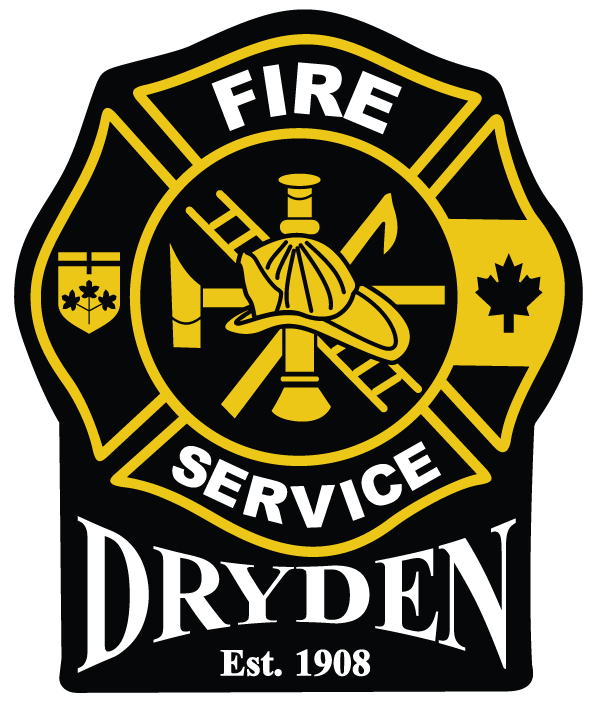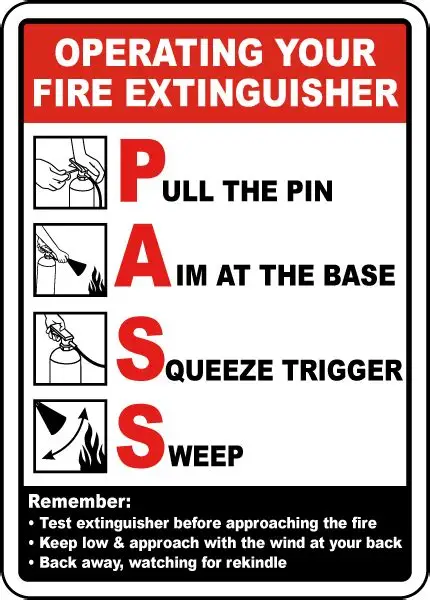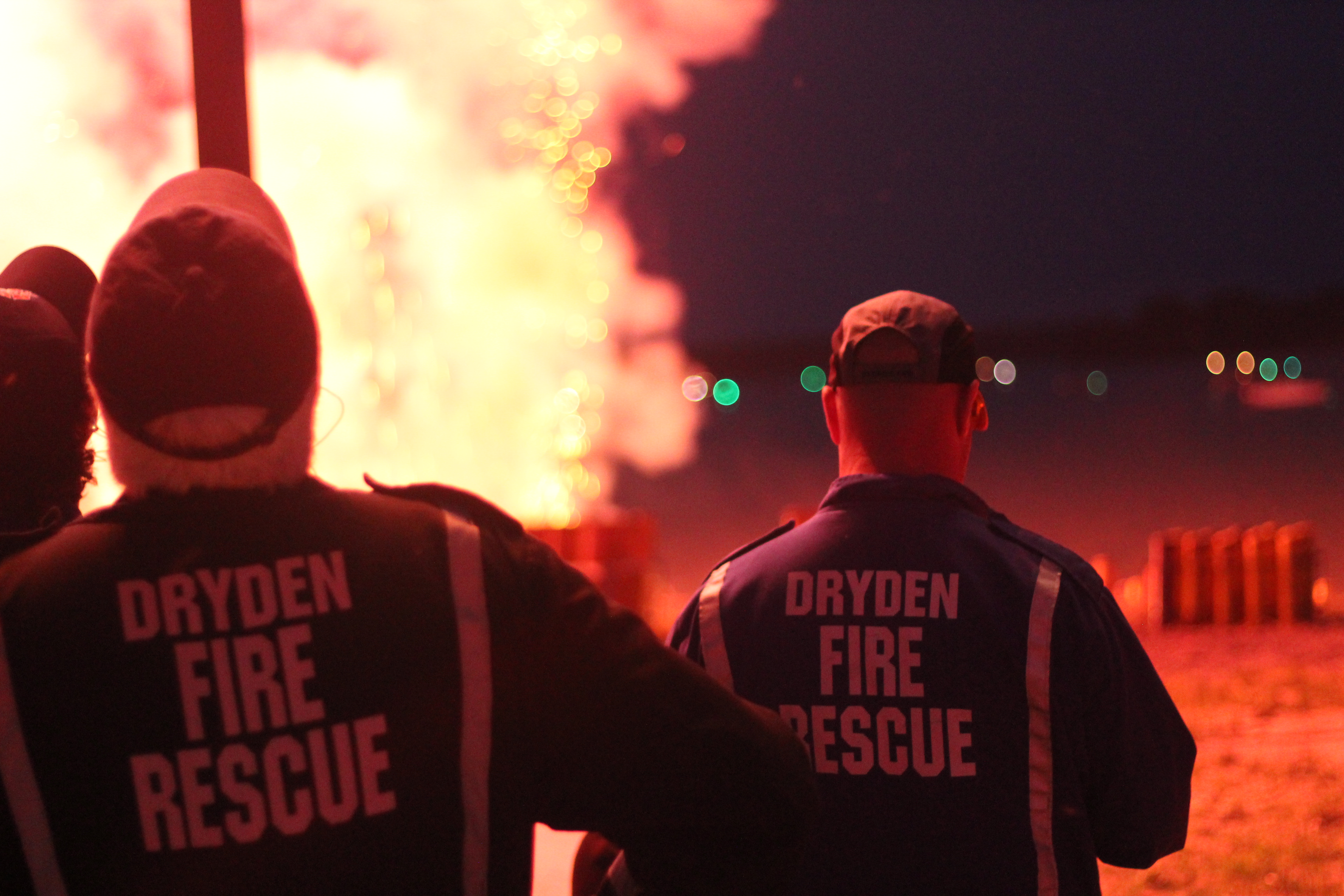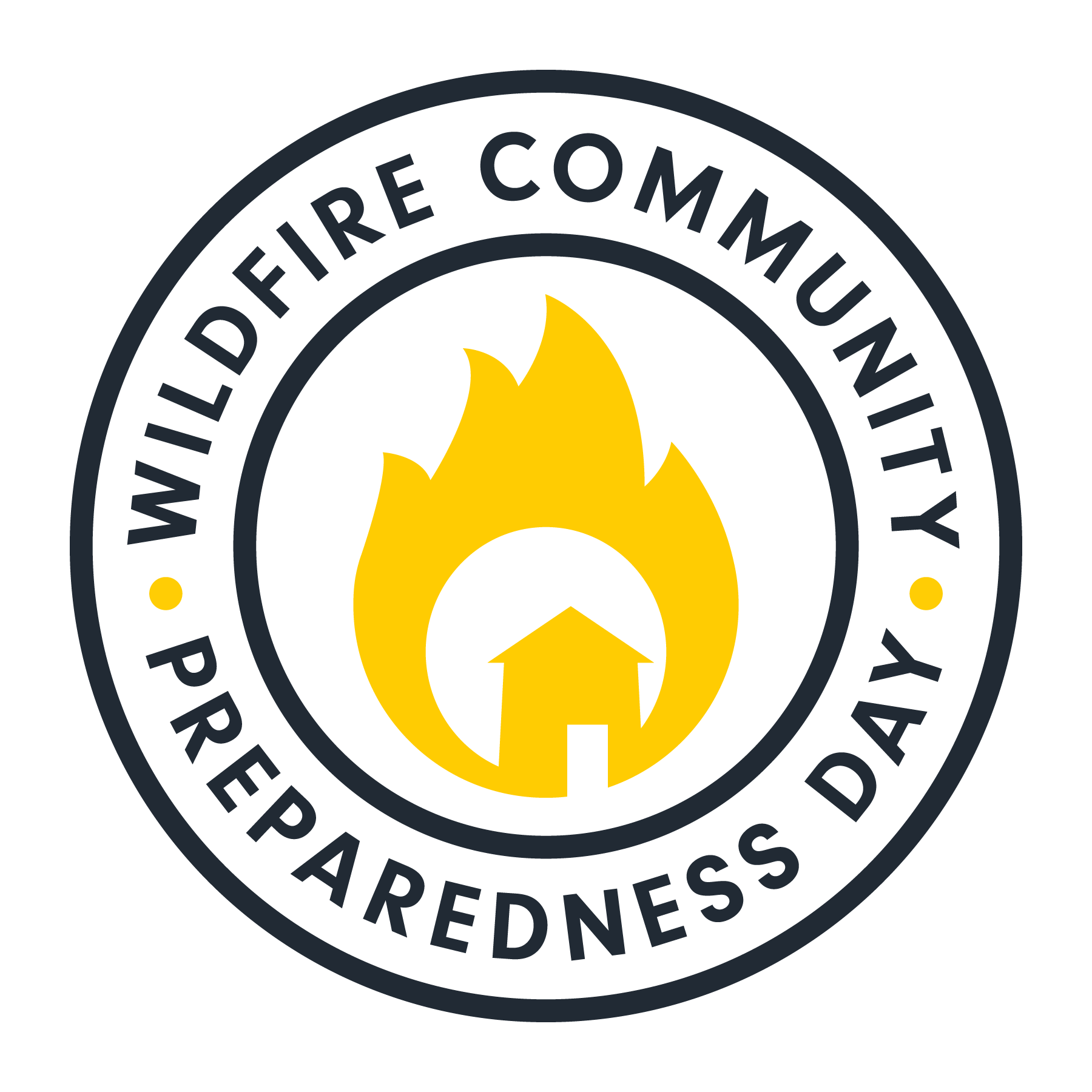Every home is required by law to have working smoke alarms on every level and outside all sleeping areas. Smoke alarms provide early warning and give you and your family the time needed to escape safely in the event of a fire. Most fatal home fires happen at night while people are sleeping. Working smoke alarms can save your life.
When inspecting your smoke alarms, do the following:
- Inspect the manufacture date
- Smoke alarms expire after 10 years. Check the manufacturer’s date on the back of the alarm and replace it if it’s expired.
- Test your smoke alarm monthly
- Press and hold the test button until you hear the alarm sound
- If it doesn’t sound, replace the batteries or the alarm right away
- Check the power
- For battery-operated alarms, replace batteries at least once a year (or when you hear the low-battery chirp)
- For hardwired alarms, make sure the backup battery is in place and working.
- Inspect for dust
- Gently vacuum or wipe around the alarm to remove dust that may block the sensor




